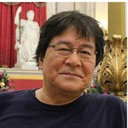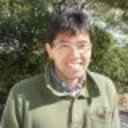[Acute myeloblastic leukemia associated with 46, XY, del(5)(q22)].
Atslēgvārdi
Abstrakts
A 38-year-old male admitted to the Internal Medicine of Surugadai Nihon University Hospital, complaining of general fatigue and throat pain. The laboratory examinations revealed leukocytosis (83, 900/microliters) and an appearance of myeloblasts (90.2%) in the peripheral blood. The nucleated cell count was 56 x 10(4)/microliters with 85.5% myeloblasts in bone marrow. He was diagnosed as acute myeloblastic leukemia (AML). Though he received two courses of combination chemotherapy with daunorubicin, BH-AC, 6 MP and prednisone, one course of combination with mitoxantrone, etoposide and cytosine arabinoside and one course of combination with aclarubicin cytosine arabinoside and prednisone, he could not achieved remission. A chromosome analysis revealed 46, XY del(5)(q22). The amount of DNA fragments hybridized to 4.5 Kb v-fms probe in blastoid cells was approximately a half amount of normal persons. It is not defined the relationship between the decrease of fms and leukemia in this case. He was diagnosed de novo AML, since he had not been received the therapy with potential mutagenic and carcinogenic agents and had not been exposed the irradiation on his works.



